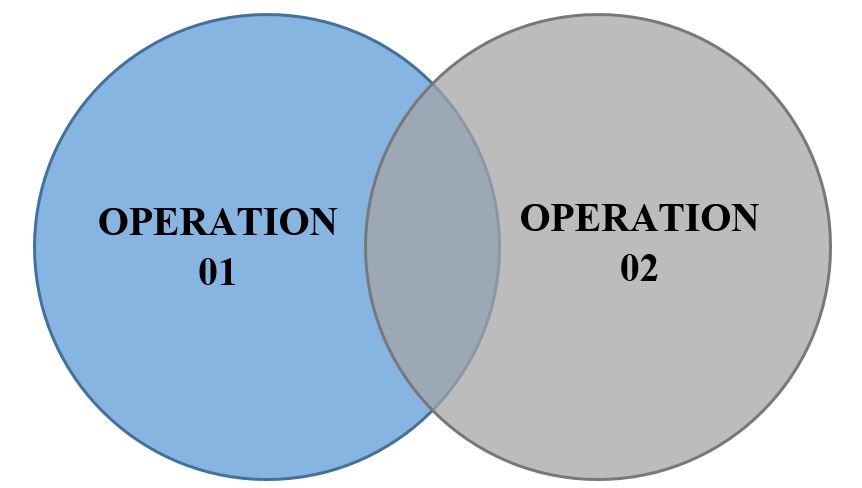Important Aspects of Conducting SIMOPS Study in the Digital Era
- January 30, 2023
- Posted by: Velosi Author
- Categories: HSE, Insights

What is SIMOPS Study?
SIMOPS Study involves the occurrence of two or more operations simultaneously taking place at the same time and place. The simultaneous operations or work can be happening in the same vicinity by multiple contractors, subcontractors, or multidisciplinary workers, which can initiate high potential risks of these operations clashing with each other, affecting the health and safety of surrounding personnel.
For instance, a drilling activity or any maintenance activity-taking place near process plants can result in perilous accidents, putting surrounding personnel at risk. Moreover, numerous major process industry accidents have resulted due to simultaneous operations.
SIMOPS can mainly occur during the following operations:
- Construction
- Commissioning
- Start-up operations
- Production operations
- Other industrial activities
Importance of SIMOP Study Review
It is clear how simultaneous operations contribute to several risk hazards. Therefore, it is highly important to carefully identify and analyze all risks contributing to simultaneous operations. Further, implementing all necessary measures timely.
As discussed above, the SIMOPS study keenly identifies and inspects simultaneous operations that may harm the surrounding environment. Hence, SIMOPS Study is crucial in accordance with performing PHA Studies, such as HAZOP (hazard operability) and HAZID study.
This is an integral leading unit of SIMOPS risk assessment. The study review process aims to exchange critical information and further discussion with the designated personnel. Therefore, the study review shall include the identification of potential hazards, to eliminate, reduce, or manage the probable risks associated with SIMOPS. In addition, all the designated resources should be set forward accordingly.
The study review should incorporate the following crucial steps:
- Identifying and analyzing simultaneous operations.
- Recognizing potential hazards associated with the simultaneous operations taking place.
- Analyzing the execution probability of the simultaneous operations.
- Implementing the control measures set and planned accordingly.
- Assessing the inherent risk and control measures being implemented for further risk management.
- Verifying the designated personnel for executing risk control measures.
Conducting SIMOPS Study in the Digital Era
As industries have been adopting a technological paradigm, advanced solutions are being developed. We all are aware of the benefits digital solutions set forward making processes cost and time efficient. Likewise, a digitalized SIMOPS management solution shall equip effective tools and functions to identify, monitor, and control potential risks associated with simultaneous operations taking place at the same time and place. Further, it shall incorporate a structured framework available to the designated personnel for verifying risk control measures during each simultaneous operation.
The following are essential features of digital management solutions:
- Centralize data on a single platform
- Secure and functional access to the designated personnel
- Automatically record, and synthesize past operations and incidents
- Create systematic alerts accordingly
- Record new risks on a single digital dashboard
- Assign tasks through the digitalized platform
- Utilize your own personal digital database
Please contact us for more information and assistance.



